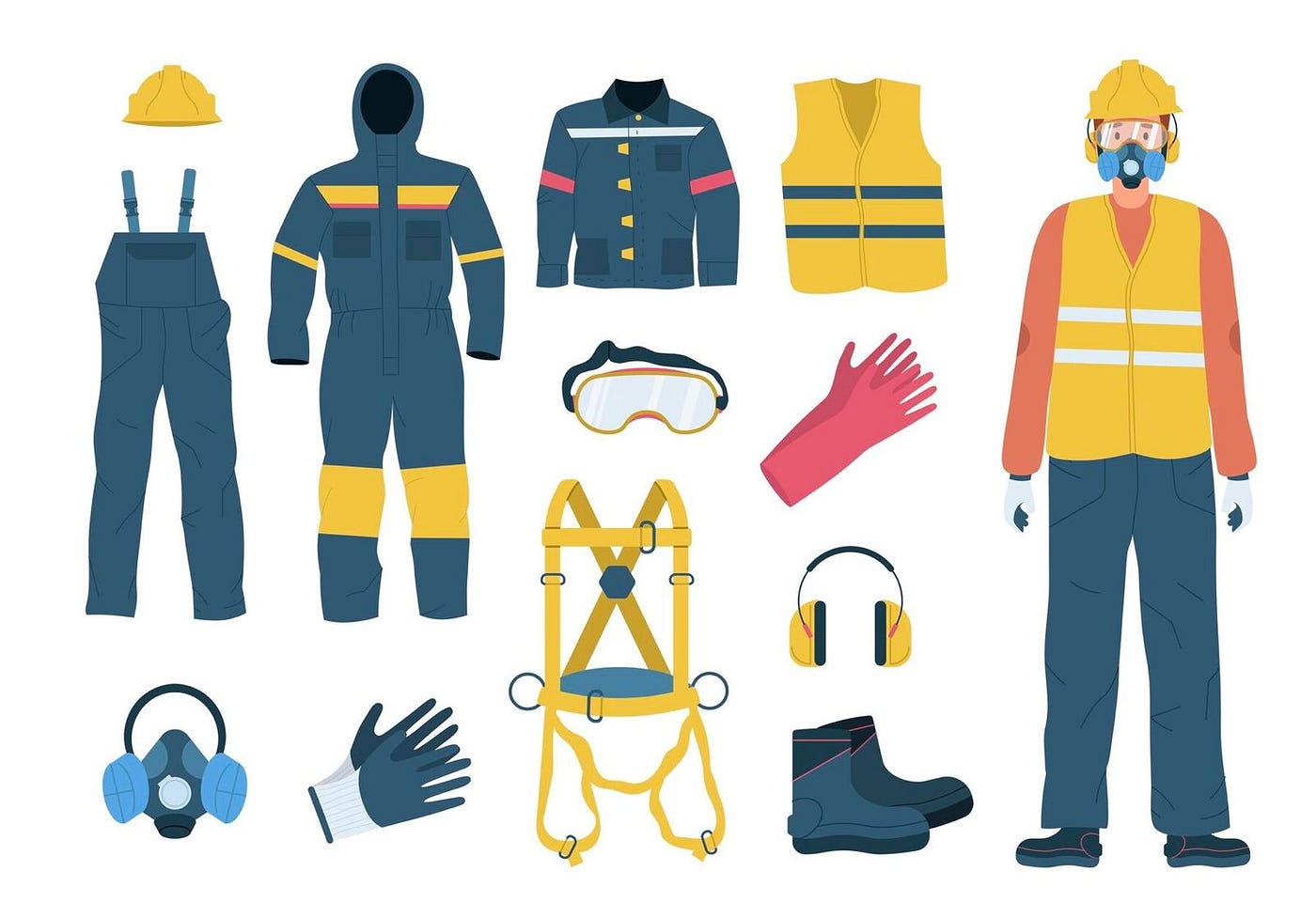With the help of industrial safety equipments, you can keep your site and everyone on it safe. By reducing the likelihood of unanticipated downtime and legal hazards, safety management may help you save both time and money.
Employee and employer safety must always take precedence in any industrial environment. Many safety measures are in place, but when workers utilize safety equipment correctly, it adds even more protection.
List The Potential Dangers
Choosing the right industrial safety gear begins with determining what dangers your workers might face. One approach is to conduct a risk assessment, which includes surveying the work area, observing processes, and consulting with supervisors and workers. A risk assessment may help you determine what kinds of threats exist, how often they happen, and how bad they are. It can also tell you how much protection you need.
Pay Attention To The Rules
The second stage in choosing the right industrial safety gear is to follow the rules and regulations unique to your business and location.
These standards define workplace safety equipment such as respirators, goggles, helmets, gloves, and earplugs, including the characteristics that must be present and the testing methods that must be followed. Verifying the labels and certifications of the industrial safety equipment is essential to ensuring that it meets or exceeds all criteria.
Consider The Ease And Proper Fit
Considering your employees’ ease and proper fit is the third step in choosing the right industrial safety gear. The equipment’s performance, compliance, and usefulness are greatly affected by how well it fits and how comfortable it is to wear.
Cumbersome machinery may reduce morale and output since it can cause workers discomfort, fatigue, or even injuries. Always consult your staff, allow them to test the equipment, and make any necessary adjustments before buying or utilising it.
Mentoring And Monitoring
The fourth step in choosing suitable industrial safety suppliers is to train and oversee your staff to operate and maintain it effectively. It is critical to provide training and supervision to ensure your staff understands the equipment’s purpose, wear, usage, storage instructions, and limits.
You should give your staff clear instructions, examples, and feedback and regularly evaluate their performance and compliance. Inspire your staff to report any problems, suggestions, or challenges with the equipment.
Evaluate And Edit
The fifth step in choosing the right industrial safety gear is regularly evaluating and upgrading the equipment. Evaluation and upgrading are necessary to ensure the equipment remains reliable, efficient, and suitable for your task. Regular audits, testing, and machinery inspections should be conducted, with the results being compared to predetermined standards and expectations.
Furthermore, it is essential to be vigilant for any changes to the working circumstances, procedures, or hazards and to update the equipment as needed. Fix or replace worn-out, outdated, or faulty equipment immediately.
Talk To An Expert
The sixth step is to pick the right industrial safety equipment. If you’re still confused or need additional guidance, ask an expert. Consulting an expert may help you decide on your organisation’s best industrial safety equipment.
Expert guidance is accessible from various places, such as vendors, producers, consultants, groups, and instructors. They might offer pointers on choosing, operating, and keeping up with your industrial safety gear and words of encouragement and helpful advice.
